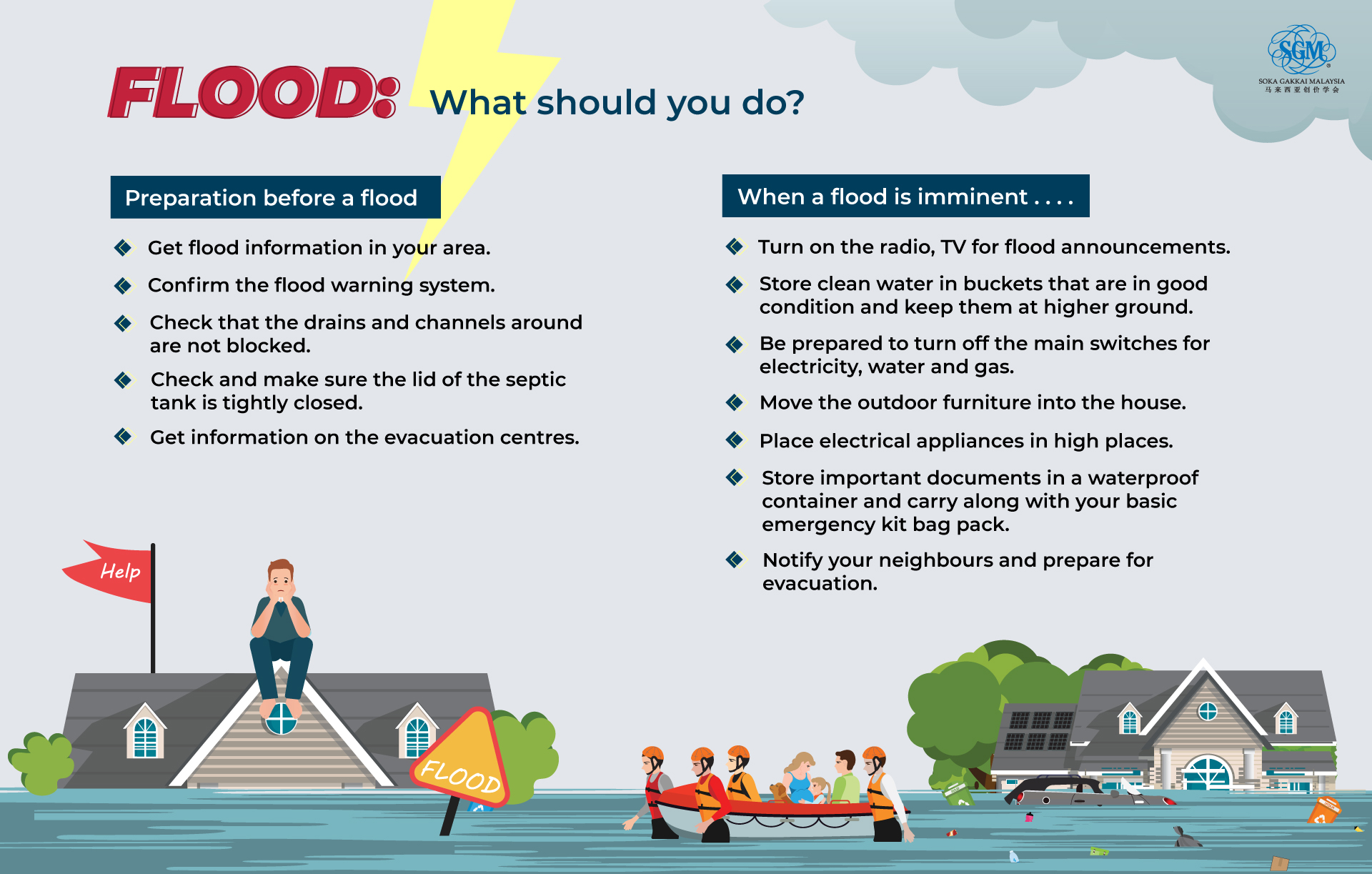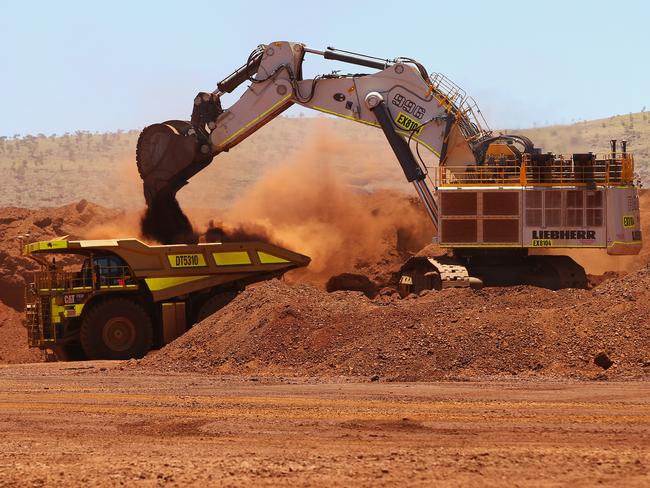Responding To Flood Alerts: A Guide To Staying Safe During Flash Floods

Table of Contents
Understanding Flood Alerts and Warnings
Knowing the difference between flood watches, warnings, and advisories is paramount to effective flood preparedness. Understanding these alerts allows you to react appropriately and take timely action to protect yourself and your property from flash flood damage.
-
Watch: A flood watch means conditions are favorable for flooding. This isn't a cause for immediate panic, but it's a signal to monitor weather reports closely and begin preparing. Check your local news, weather apps, and the National Weather Service (NWS) for updates.
-
Warning: A flood warning indicates that flooding is occurring or is imminent. This is a serious alert requiring immediate action. You should be prepared to evacuate if necessary. Pay close attention to official sources for instructions and evacuation orders.
-
Advisory: A flood advisory signifies that minor flooding is possible. While the threat is less severe than a warning, it still warrants caution and monitoring of the situation. Be prepared to take precautions and avoid flood-prone areas.
Receiving timely alerts is vital. Utilize multiple methods to ensure you're informed:
- Weather Apps: Download reliable weather apps that provide real-time alerts and forecasts.
- National Oceanic and Atmospheric Administration (NOAA): Sign up for NOAA's weather alerts and warnings through their website or mobile app.
- Local News: Stay informed through local news channels, radio, and television broadcasts.
Preparing Your Home and Family for Flash Floods
Proactive preparation is key to minimizing the risk and impact of flash floods. Developing a comprehensive plan and taking preventative measures well in advance will significantly improve your safety and reduce potential losses.
Create a family emergency plan that includes:
- Evacuation Routes: Identify multiple escape routes from your home and know where to go if you need to evacuate.
- Meeting Points: Designate safe meeting points inside and outside your home for your family to gather in case of separation.
- Go-Bag: Prepare an emergency "go-bag" containing essential supplies: water, non-perishable food, first-aid kit, medications, important documents (identification, insurance policies), flashlights, batteries, and extra clothing.
Take steps to protect your home:
- Elevate Valuables: Move valuable possessions and appliances to higher levels in your home.
- Utility Shut-Off: Learn how to safely turn off gas, water, and electricity if necessary.
- Safe Locations: Identify safe areas within your home that are elevated and less susceptible to flooding.
Evacuation Procedures During Flash Floods
Obeying evacuation orders is critical. Your life is more valuable than any possessions. Knowing when and how to evacuate is crucial for your safety during a flash flood.
-
Immediate Evacuation: Evacuate immediately if instructed by authorities or if you feel your safety is threatened. Don't wait until the water is rising around you.
-
Safe Driving: Never attempt to drive through flooded roads. Even a few inches of water can sweep a car away. Find alternative routes or seek higher ground.
-
On Foot: If you're on foot, avoid flooded areas. Seek higher ground and move to safety.
What to do if you become trapped by floodwaters:
- Seek Higher Ground: Immediately seek the highest ground possible. Climb onto a roof or sturdy structure if necessary.
- Vehicle Abandonment: If in a vehicle and it's becoming submerged, abandon it only if absolutely necessary and move to higher ground.
- Emergency Services: Call emergency services (911 or your local emergency number) for help.
Post-Flood Safety Measures
Once the immediate danger has passed, it's crucial to take post-flood safety measures to protect your health and well-being and assess the damage to your property.
-
Avoid Floodwaters: Floodwaters are often contaminated and can contain harmful bacteria, chemicals, and debris. Avoid contact with floodwaters at all costs.
-
Structural Inspection: Before re-entering your home, carefully inspect it for structural damage. If you have concerns, contact a qualified professional.
-
Report Damage: Report any damage to your home or property to local authorities and your insurance company.
-
Power Lines: Be cautious of downed power lines, as they can be extremely dangerous.
-
Spoiled Food: Dispose of any spoiled food and contaminated items properly.
Conclusion
Responding effectively to flood alerts requires preparedness, prompt action, and a clear understanding of the risks involved. Creating a comprehensive family emergency plan, including evacuation routes, meeting points, and a "go-bag," is essential. Remember to monitor weather alerts closely, obey evacuation orders, and avoid flooded areas. Understanding the difference between watches, warnings, and advisories empowers you to take appropriate actions. Don't wait for a flood warning; proactively prepare your family and home by learning more about responding to flood alerts and developing a comprehensive safety plan. Your life depends on it.

Featured Posts
-
 Saksikan Live Streaming Moto Gp Inggris 2025 Sprint Race 20 00 Wib
May 26, 2025
Saksikan Live Streaming Moto Gp Inggris 2025 Sprint Race 20 00 Wib
May 26, 2025 -
 Dispute Erupts Over Pilbaras Environmental State Rio Tinto Vs Andrew Forrest
May 26, 2025
Dispute Erupts Over Pilbaras Environmental State Rio Tinto Vs Andrew Forrest
May 26, 2025 -
 Catat Jadwalmu Moto Gp Inggris 2024 Segera Dimulai
May 26, 2025
Catat Jadwalmu Moto Gp Inggris 2024 Segera Dimulai
May 26, 2025 -
 Hells Angels Pay Respects Craig Mc Ilquhams Sunday Memorial Service
May 26, 2025
Hells Angels Pay Respects Craig Mc Ilquhams Sunday Memorial Service
May 26, 2025 -
 Apple Confirms I Phone Feature F1 Fans Will Love
May 26, 2025
Apple Confirms I Phone Feature F1 Fans Will Love
May 26, 2025
Latest Posts
-
 Nba Lifts Ban John Haliburton Returns To Pacers Games
May 28, 2025
Nba Lifts Ban John Haliburton Returns To Pacers Games
May 28, 2025 -
 Tyrese Haliburtons Father Back At Pacers Games Following Nba Ban
May 28, 2025
Tyrese Haliburtons Father Back At Pacers Games Following Nba Ban
May 28, 2025 -
 John Haliburtons Dad Returns To Pacers Games After Nba Ban
May 28, 2025
John Haliburtons Dad Returns To Pacers Games After Nba Ban
May 28, 2025 -
 Samsung Galaxy S25 Ultra Avis Et Prix
May 28, 2025
Samsung Galaxy S25 Ultra Avis Et Prix
May 28, 2025 -
 Ou Acheter Le Samsung Galaxy S25 Ultra Moins Cher
May 28, 2025
Ou Acheter Le Samsung Galaxy S25 Ultra Moins Cher
May 28, 2025
